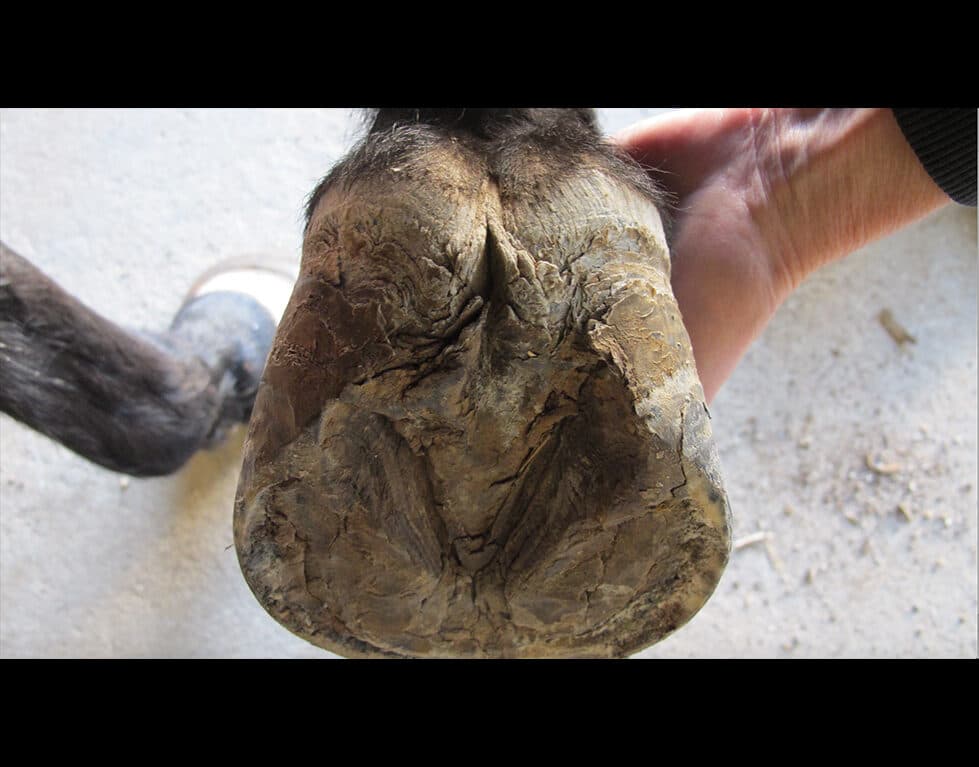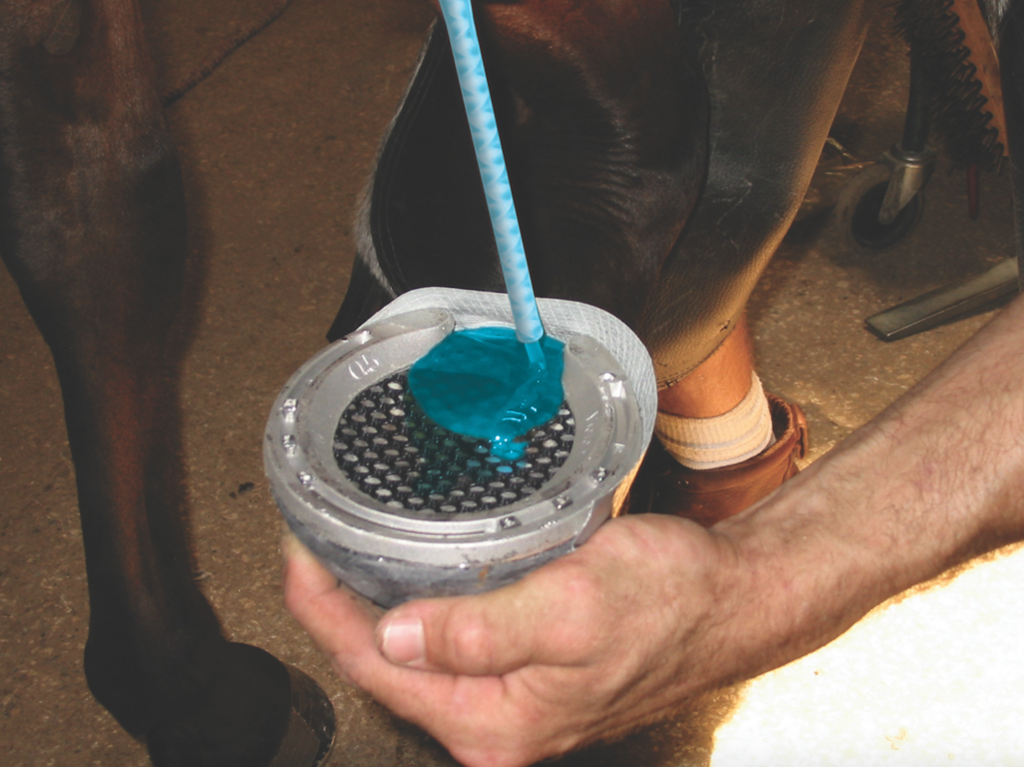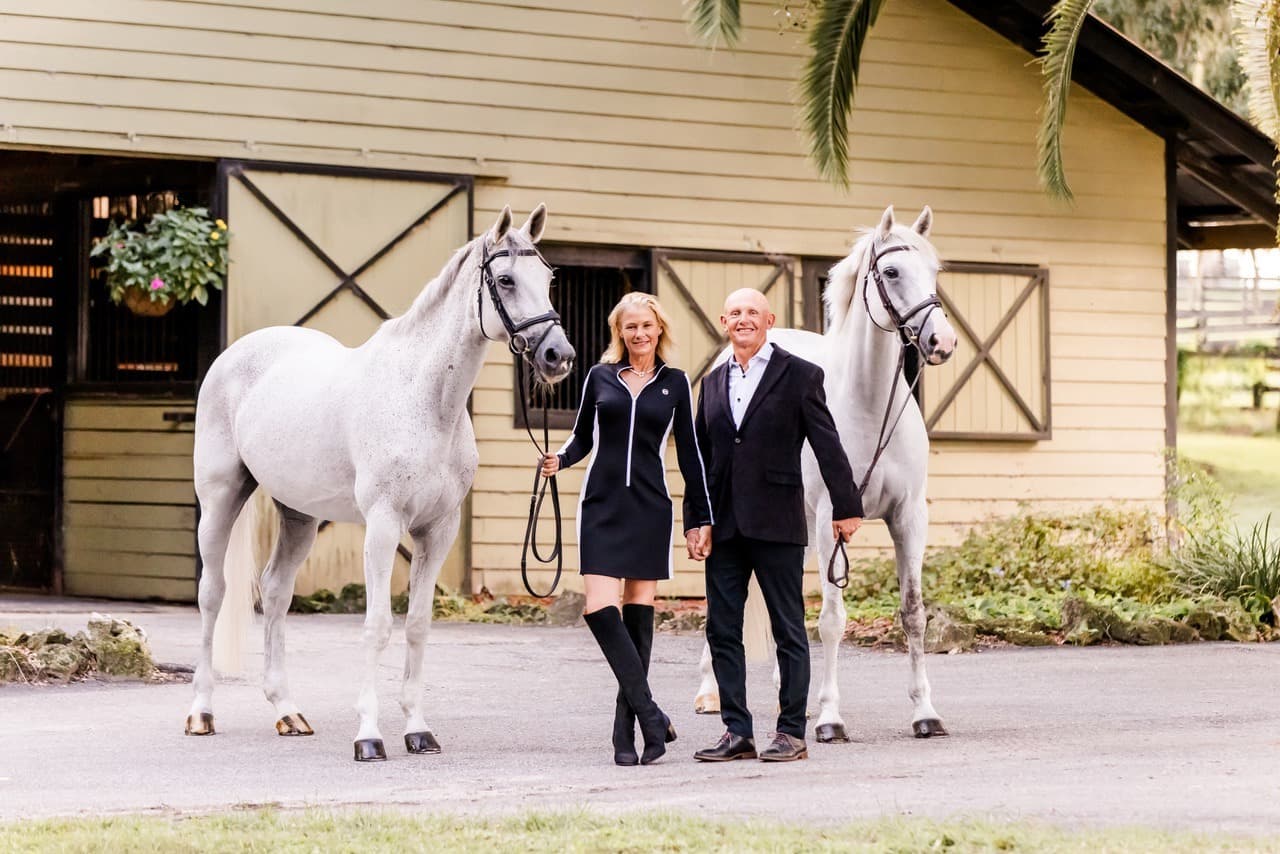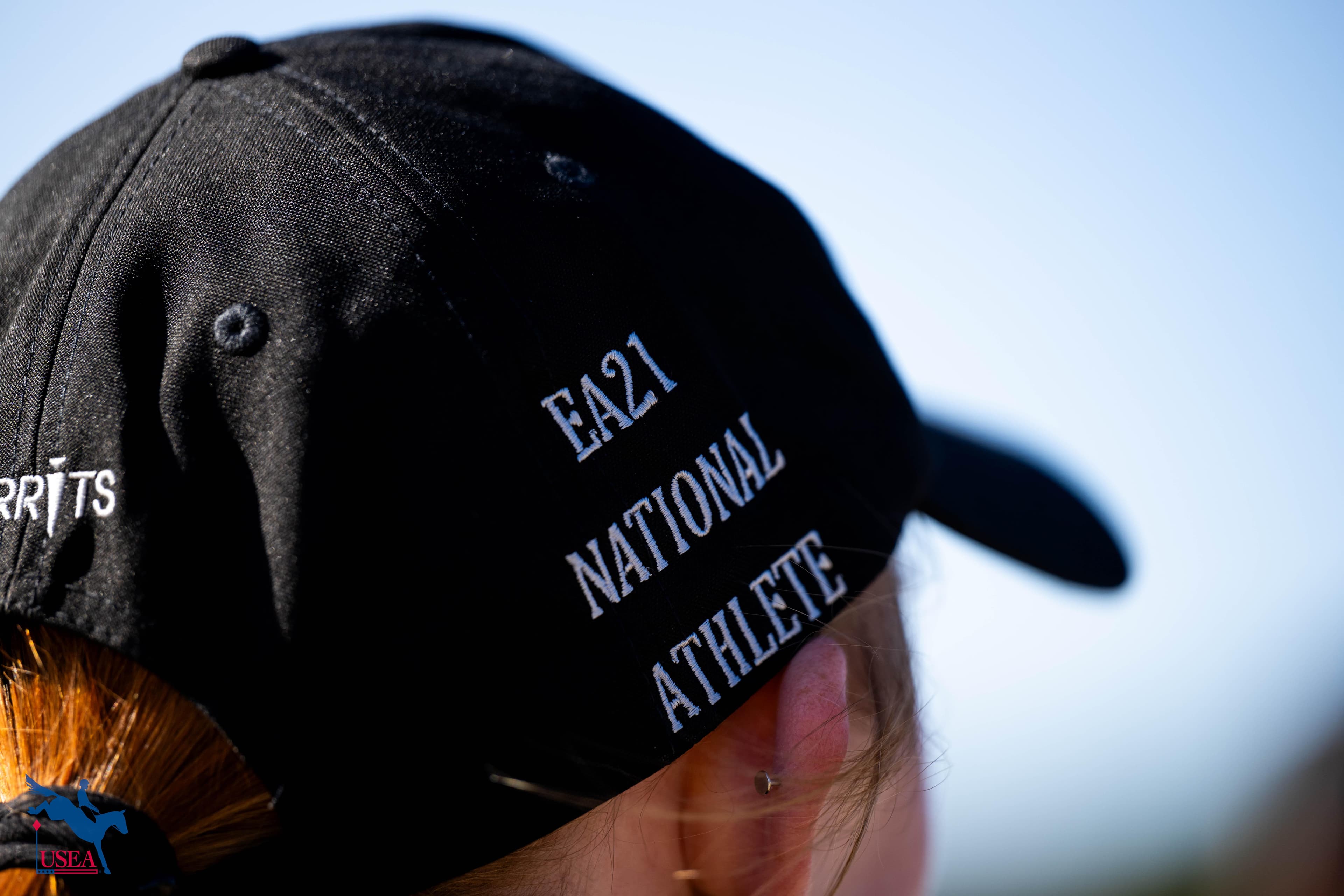Recognizing and Managing Contracted Heels

If a horse experiences sore heels, it can be hard for the horse to stand comfortably without pain and can lead the horse to develop worse conditions. While there are many consequences that can result from sore heels, horses with this condition are prone to develop what’s called contracted heels. Contracted heels are characterized by a narrowing of the heel between the two bulbs, the soft fleshy area where the hoof wall, heel, and coronary band come together. When this happens, it is important to provide the proper hoof support in order to manage the condition, improve hoof health, and avoid lameness.
Causes and Symptoms
When a horse has sore heels, it is uncomfortable for him to bear weight on his feet. This causes the frog to disengage, allowing the heels to contract and causes more soreness. There are different causes and symptoms that can be identified before contracted heels occur. Some causes include:
- Predisposition to sore heels – If a horse is predisposed to sore heels, for example, due to its conformation, it can develop contracted heels if its hooves are not maintained on a regular basis.
- Lack of hoof maintenance – If horse hooves are not maintained properly, a horse can develop contracted heels. For example, heels that are too long can cause the frog to disengage with the ground, and can eventually lead the heels to contract inward.
Symptoms of contracted heels include visible narrowing of the bulbs that make a skinny, upside-down “V” shape. If left untreated, the heels will eventually distort and misshape, leading a horse to become lame, if not already. If a horse develops contracted heels, it is crucial that horse owners and farriers tend to the condition as soon as possible to avoid hooves from becoming distorted.
Managing Contracted Heels
In order to widen a horse’s contracted heels and make the horse comfortable again, a hoof care professional should trim the heels back to the widest part of the frog. This allows the frog to engage with the ground and stimulates frog growth. Ideally, the widest and highest point of the frog is where the heels should be trimmed on a regular basis.

To help with the healing process, hoof care professionals can also use pour-in pad materials to engage the frog and push the contracted bulbs back out. Fast-setting, soft pad materials that bond directly to the sole and frog stimulate the frog to work and function normally. This helps widen the bulbs and distribute weight evenly throughout the foot.
If a horse develops contracted heels, it can take eight months to a year of extra maintenance in order to get the hooves back to a healthy state. Maintaining a regular trimming schedule, about every six weeks, helps avoid conditions like contracted heels and is beneficial to a horse’s overall health.
Consult with your hoof care professional about how pour-in pad materials can help manage contracted heels. Ongoing maintenance to a horse’s hooves is a vital part of its comfort and wellbeing.
About Tab Pigg
Tab Pigg is the Central Regional Sales Manager for Vettec, and oversees states ranging from Canada to Mexico, between the Rockies and the Mississippi River. He travels frequently educating dealers and farriers at hands-on workshops and represents Vettec at tradeshow events. Tab assisted Vettec for three years leading clinics and helping with regional work before joining the company full-time in 2003.
Tab was raised around horses and became genuinely interested in the equine industry in 1982. With the skills he learned through hands-on experience and multiple apprenticeships, Tab started a shoeing practice of his own in 1984. In 1992, Tab successfully took the Certified Journeyman Farrier exam and has been practicing as a farrier ever since. Tab has presented at the International Hoof Care Summit several times, and served as the Marketing Chairman on the Farrier Industry Association (FIA) board of directors for two years. Tab is a spokesperson for Vettec and is published in many equine industry publications.
Outside of work, Tab enjoys fishing and golfing, although the rain and heat in Texas keep him busy mowing his lawn. Tab also enjoys visiting his father nearby to help on their family farm.














